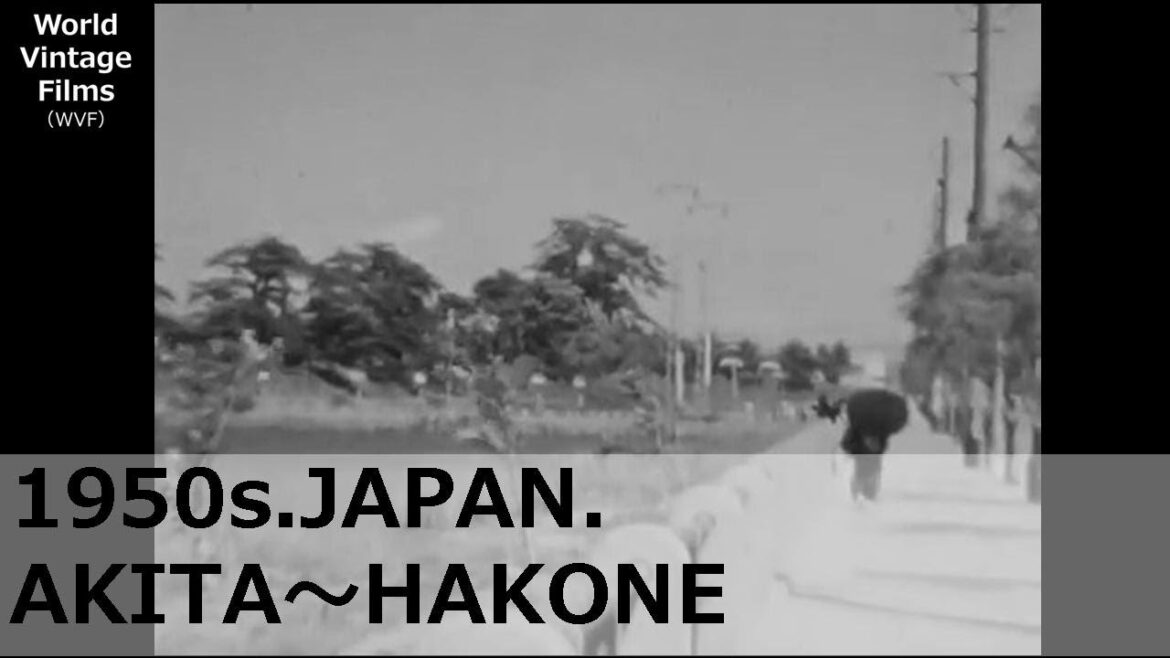Akita is a prefecture located in the Tohoku region of Japan. The capital and largest city of the prefecture is Akita City. Akita faces the Sea of Japan and is classified as a Japan Sea side climate prefecture. One of the characteristics of Akita among the Japan Sea side climates is that there is not much precipitation in the winter in the coastal areas, but there are extremely few hours of sunshine. Due to the low temperatures inland, about 90% of the inland areas of the prefecture are designated as special heavy snowfall areas, similar to Yamagata and Niigata prefectures on the Sea of Japan coast, and the prefecture is prone to heavy snowfall. The number of hours of sunlight during the winter is the lowest among all prefectures. As a result, radiative cooling does not occur in the mornings and evenings (except for inland areas such as Shikaku and Senboku), and coastal areas along the Sea of Japan coast in particular are often warmer in the mornings than northern Kanto. Part of the inland area has a subarctic humid climate (Dfa, Dfb) according to the Köppen climate classification, and is very cold. In addition, snow storms and guerrilla snowstorms are often seen in the area, brought about by cold vortexes and extreme low pressure systems created by the sudden atmospheric tides of warm currents off the coast of Akita.
Hakone is the name of a place in the southwestern part of Kanagawa Prefecture, near Shizuoka Prefecture, in the vicinity of the Hakone caldera. It has been a strategic point on the Tokaido Highway since ancient times, and at the foot of the difficult Hakone Pass, known as the “steepest pass in the world,” there were inns and customs posts. Since modern times, the area has developed as a recreational and tourist spot. The area was designated as Fuji-Hakone National Park (now Fuji-Hakone-Izu National Park) in 1936.
In Japan, when we say simply “pre-war”, we usually refer to the period before the outbreak of World War II, starting with the attack on Pearl Harbor. The Japanese economy grew by leaps and bounds over a period of about 19 years, from 1954 to 1973, when the domestic postal code system and Euroclear were established in 1968, followed by rapid progress in bringing the bill clearing system online. In 1956, the White Paper on the Economy was published. During the period of rapid economic growth in the 1960s and 1970s, the economy benefited from special demand from the 1964 Tokyo Olympics and the 1970 Osaka World’s Fair. In 1968, the country’s gross national product (GNP) surpassed that of West Germany to become the second largest in the world. Bullet trains and expressways were built. Just before the 1970s, when Japan became a creditor nation, foreigners began to invest more in Japanese stocks. The Nixon Shock of 1971 led to a substantial revaluation of the yen, which corrected the excessive surplus in the balance of payments and contributed to economic stability. In October 1973, the Fourth Middle East War triggered a rise in the price of crude oil, and Japan fell into an oil shock (the First Oil Shock). Thereafter, the economy moved into a period of stable growth (from December 1973 to February 1991, when the bubble economy burst).
About World Vintage Films
I’m doing a Youtube video of footage taken from the 1910s to the 1980s.
The footage is original and was filmed by my family and my friends while they were traveling.
That’s why most of the footage was shot in Japan.
The first step in the editing process is to convert the video from analog to digital. Then I remove the unnecessary parts and add the original music and subtitles. We don’t want to hide the footage, so we don’t have many subtitles.
Black and white footage may be converted to color.
International and domestic travel around the world, before, during and after the war.
We have over 10,000 films that have not yet been released to the public. We will continue to edit and distribute a few more in the future.
There is a lot of valuable footage. Especially rare are old footage from less developed countries. At that time, the equipment for filming was rare. Pre-war footage of Japan is also valuable. Old cars and trains. There is also footage of airplanes shot from the sky. Towns and markets, and people. And people. Famous tourist spots and natural scenery. The fashion sense is also interesting and different from today. Enjoy the scenery in the old style.
Mostly on 8mm, 16mm, 9.5mm, 35mm, etc. Newer types of video, such as VHS, are not covered.
(I translate in multiple languages, so my writing is poor.)
#1950s
#japan
#hakone
BGM:MusMus

